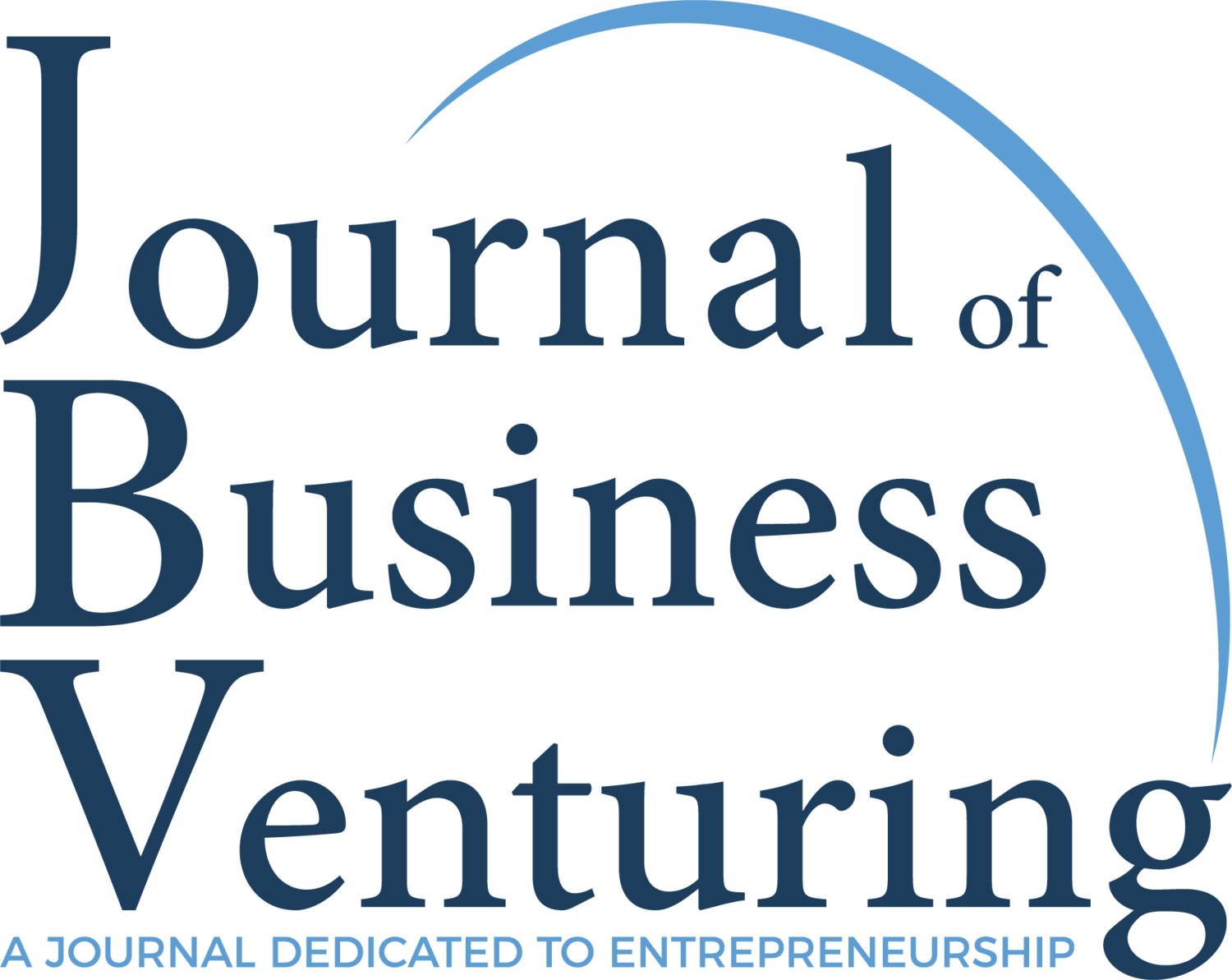Walls to tear down
Research Paper Title:
“Made to be broken? A theory of regulatory governance and rule-breaking entrepreneurial action”
This paper was “Selected as the JBV Lazaridis Institute Paper of the Year 2022”
Authors:
Mark Packard
Background:
Public policy shapes the constraints and opportunities that entrepreneurs face. Yet, the rise of 'rule-breakers' like Uber, the Pirate Bay, and Theranos suggests that the relationship between entrepreneur and state is not so simple. Lucas, Fuller, and Packard offer a theory of 'rule-breaking entrepreneurial action.' They shift the attention from the laws "on the books," toward the creation, interpretation, and enforcement of rules by both public (e.g., regulatory agencies, courts) and private actors (e.g., industry associations). This 'governance' focus helps make sense of the emergence of ventures that evade or break the law with their products, services, or business models, despite being 'legal' entities: when rules are imperfectly enforced or interpreted differently, this creates room for ventures to introduce products that conflict with those rules. The authors discuss the knowledge (e.g., 'the right people' vs. 'the legal structure') and motivations (e.g., moral opposition to a rule) that inform the emergence of rule-breaking ventures. They illustrate with rule-breaking startups Zenefits, Square, and Aereo, each of which had a very different experience with the legal system.
Highlights:
The authors provide a framework for understanding rule-breaking entrepreneurial action.
Regulatory constraints are socially constructed in a system of governance.
Legal intermediaries provide interpretive responses that affect entrepreneurs' constraints.
Imperfect enforcement and interpretive heterogeneity yield breakable rule conditions.
The authors detail the process of recognition and assessment of rule-breaking opportunities.
Hypothesis:
This paper is theoretical research with no propositions. The authors present a new framework for studying how entrepreneurial actors interpret and engage with law, regulation, and policy, as well as a process model by which rule-breaking entrepreneurial action emerges.
Results:
The authors' theoretical contribution has three main elements.
First, they shift the attention of entrepreneurship scholars from the 'rules' per se the laws and regulations "on the books" toward the notion of 'governance.' Governance involves the creation, interpretation, and enforcement of rules by actors like regulatory agencies, legislators, and courts. It also involves private groups like industry associations and third-party certifiers, which can often influence the rules and their meaning in ways that affect entrepreneurs. This perspective goes beyond an 'objective' view of law where rules are assumed to be clear and well-enforced, to a 'subjective' view where the meaning of rules can be contested and enforcement can vary. These points are critical for entrepreneurial action, which often involves novel products, services, or business models that may not readily fit into a given legal framework.
Second, the authors elaborate on how the 'governance' focus above can help to make sense of the emergence of ventures that appear to evade or break the law, despite being 'legal' entities (again, think Uber). They show that when rules are imperfectly enforced or interpreted differently by various actors, this creates room for ventures to arise that offer products that conflict with those rules. The authors use interpretation and enforcement as key features to define two related 'types' of rule-breaking entrepreneurial action: gray market rule-breaking and black market rule-breaking.
Last, the authors bring these insights into a process model to explain how rule-breaking ventures emerge. They emphasize different aspects of knowledge (e.g., knowing 'the right people' vs. knowing 'about the legal structure') and motivations (e.g., moral opposition to a rule) that inform entrepreneurial actors' plans to introduce businesses that break or evade rules. The model is illustrated with illustrations from rule-breaking startups Zenefits, Square, and Aereo, each of which had a very different experience with the legal system.
Conclusion:
Many high-profile startups seem to face endless legal hurdles or, at minimum, gray areas in the law; yet, they also continue to push the boundaries of what is legally permissible when introducing novel products and services. The authors draw needed attention to this phenomenon while providing a coherent path to understanding the legal conditions and prerequisites to rule-breaking entrepreneurial action. There is still much to say about the ethical implications of such action, and the authors steer largely clear of this issue. Yet, the paper provides a rich starting point for understanding how entrepreneurs grapple with the law.


